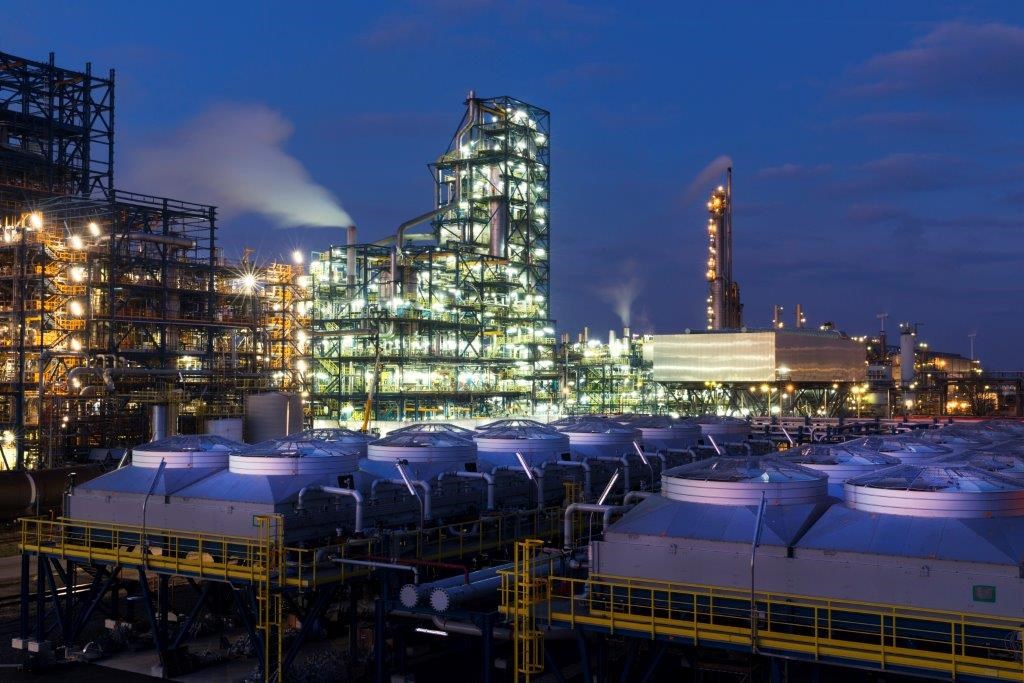Green electricity from the windfarms off the coast of Zeeland, can be used to produce CO2-free hydrogen in the 100MW electrolyser to be installed at Yara Sluiskil. This renewable hydrogen will substitute hydrogen from fossil sources for the annual production of some 75,000t of green ammonia. If all procedures and applications proceed as desired, the final decision for the construction of the new plant will be made late 2021 or early 2022. From 2024 or 2025, Yara Sluiskil will then be using the green ammonia for part of its production. This will result in 100,000t of reduced CO2 emissions. It will be like taking 50,000 non-electric cars off the road in one fell swoop.
The breakthrough project is consistent with the sustainable production of energy within North Sea Port. As an energy port, North Sea Port has been investing considerable efforts in achieving sustainability for some time, with numerous initiatives on residual heat, environment-friendly fuels and hydrogen. These include Smart Delta Resources, an initiative of thirteen energy and resource-intensive companies in North Sea Port looking to reduce their use of energy and raw materials. Moreover, the Ørsted and Yara plans strengthen the establishment of two important users of the port.
Ammonia, incidentally, does not only serve as a raw material for the production of fertilizer. It is increasingly regarded as the future climate-neutral marine fuel. Eventually, ammonia could generate an additional sales market and contribute to a greener shipping sector.
Yara Sluiskil



